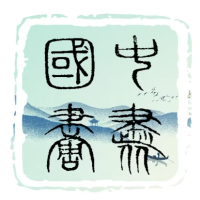杨力舟,壬午年生于山西临猗,通油画、中国画、书法及美术评论。其人坦诚热情,胸怀广阔,艺事精研,形神兼备,常蕴出世之悟,灵动自然而成。少时行于华山山麓,黄河之畔,后入西安美院学画,处于隋唐文士游赏之地。北方黄土高原之广阔,文化风习之深厚,渐融其心,化为创作灵感。时代与地域文化,塑其艺术气质与情感境界。

每艺者皆有其本,北方之人,山川自然,皆为力舟之源。黄土高坡,黄河两岸,百姓艰苦而乐观,力舟视其为生命之根,人生知己。写其生存,绘其悲欢,成为创作主题。除大幅主题画作,亦多描绘山西陕北牧童与内蒙新疆骑士系列,画中自见苍茫壮阔与灵动生趣。
杨力舟国画,自具异趣,别于他道。传统国画不拘焦点,不逐光影,不限物形,而多寄情于笔端。力舟则求形写神,妙在似与不似之间,形神并重。于创作中,既重形之工,又不失神之妙,画面整体精简而意远。其笔墨间,写意与现代构成交融,探索之路,既大胆亦深邃,成就斐然。写意精神融入构成,使其现代之作亦蕴古风。欲探中国现代艺术之道,宜借西方之长,尤应发扬写意,尚意尚简,方得其中奥妙。写意与构成之合,通向简化形式、强化个性之途,亦为中国艺道现代性一法。
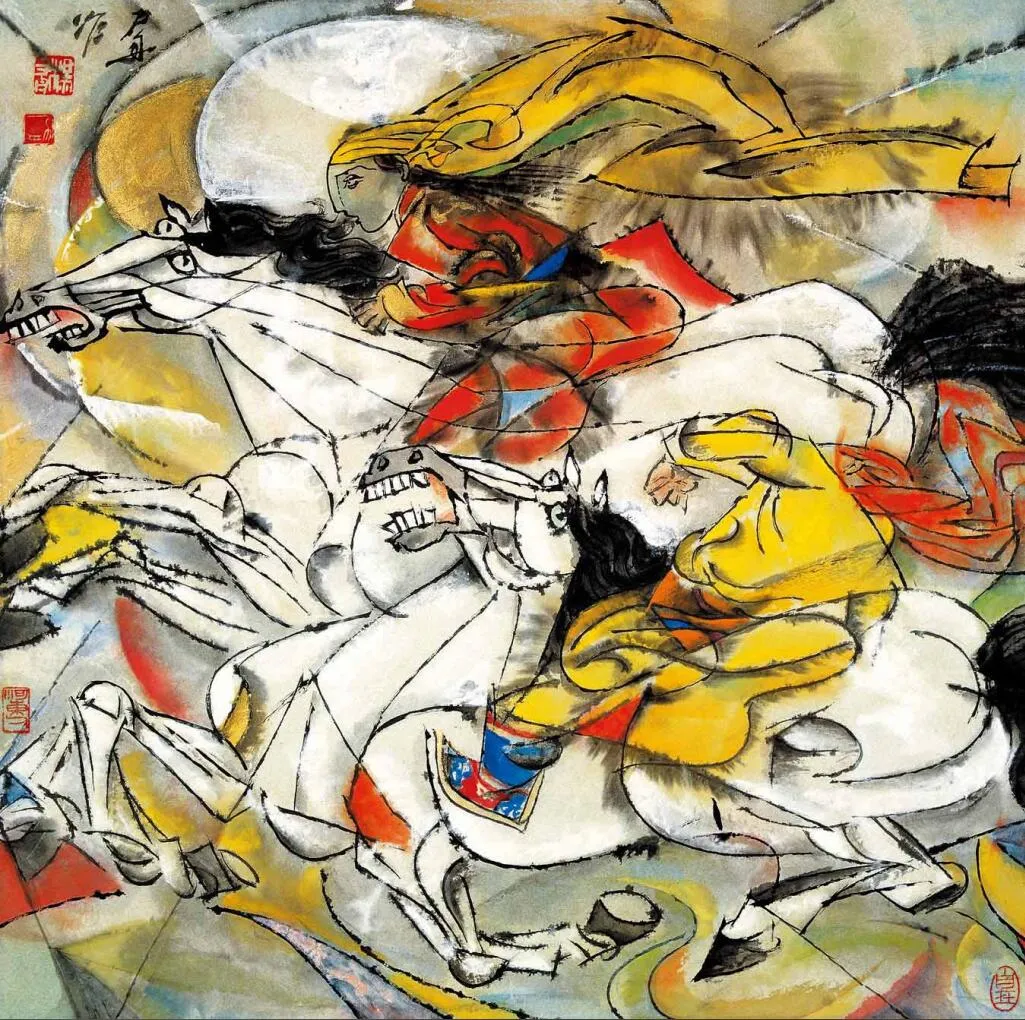
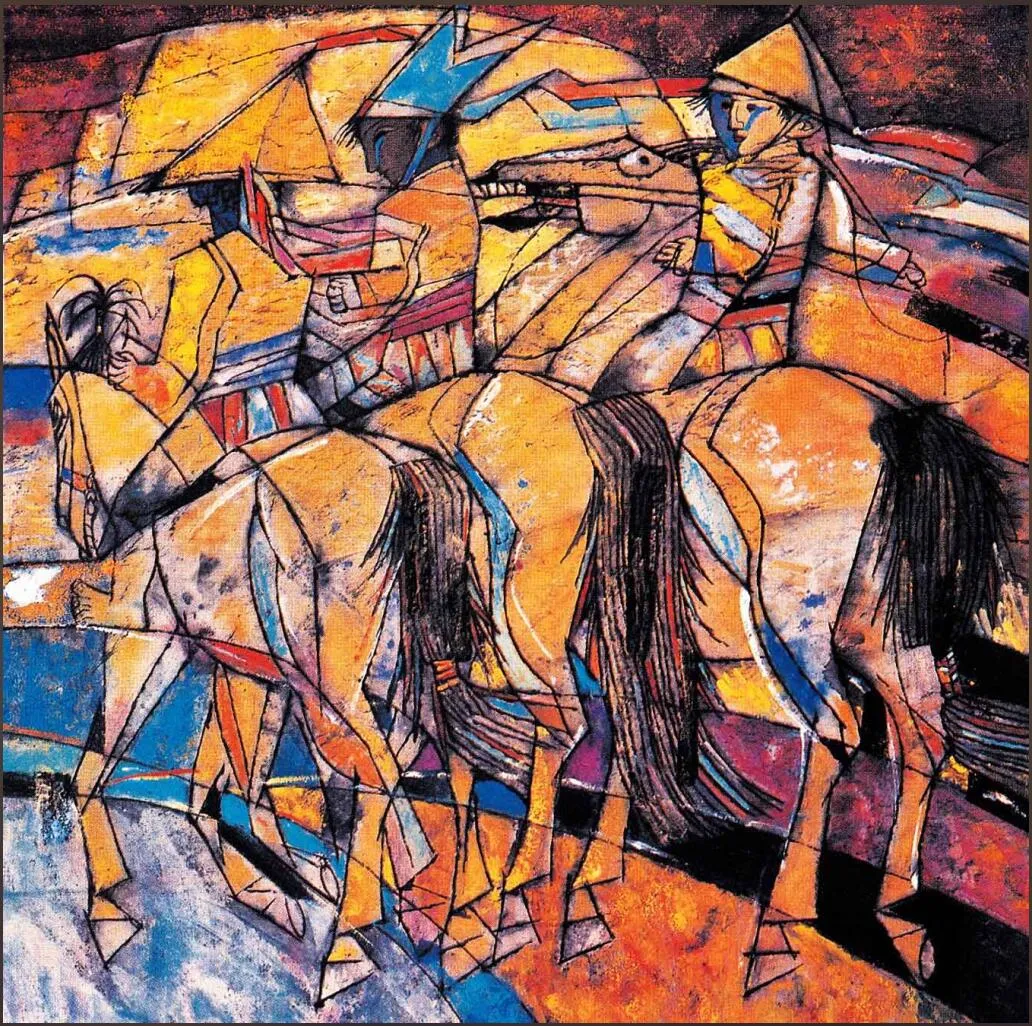
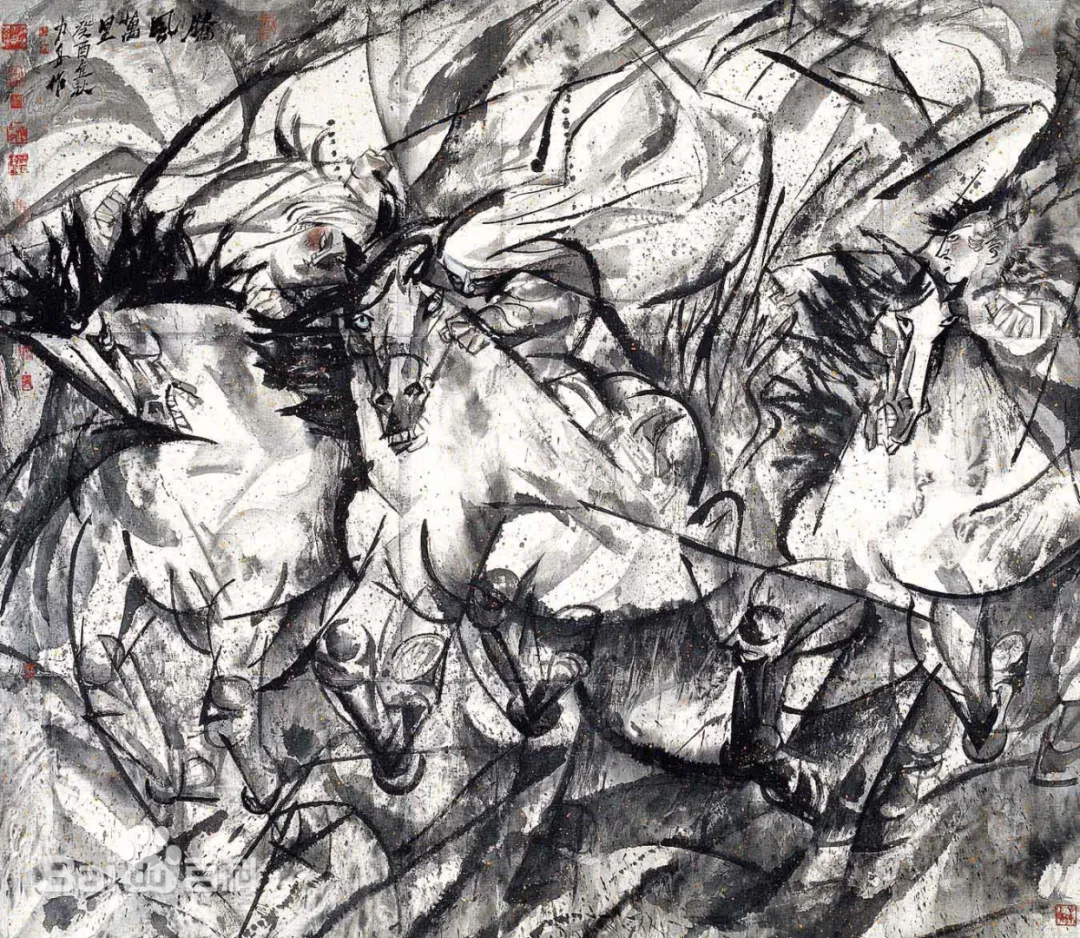

力舟经年沉浮,画文风格,恒守一贯,雍容自若,国画尤为传颂。其画寥寥数笔,已见意境深远,多以人物为题,如《小二黑结婚》《四女图》皆然。力舟之作,发人深省,教世人自省,尚自然,怀淡泊之心。其人物画如落英轻舞,蕴含人间情味,淡雅而隽永,令人品味无尽。
二十世纪末,风潮剧变,无论溯本追源,抑或竞逐新风,诸画家皆立于新途。然各循其志,皆向心中所向之境行进。百年如斯,国画将归何处,今人犹疑。杨力舟于此何见,未易言明,然观其艺途,非拘执偏颇之流。彼不先立一准则,再以作求之,亦不拘一艺,排拒异见。此类画者,或易名于一时,然终难久传。力舟为人宽和,行艺亦循其道,步步踏实,志在久远。其不同时期之作,隐显其心境深远,艺理丰赡。
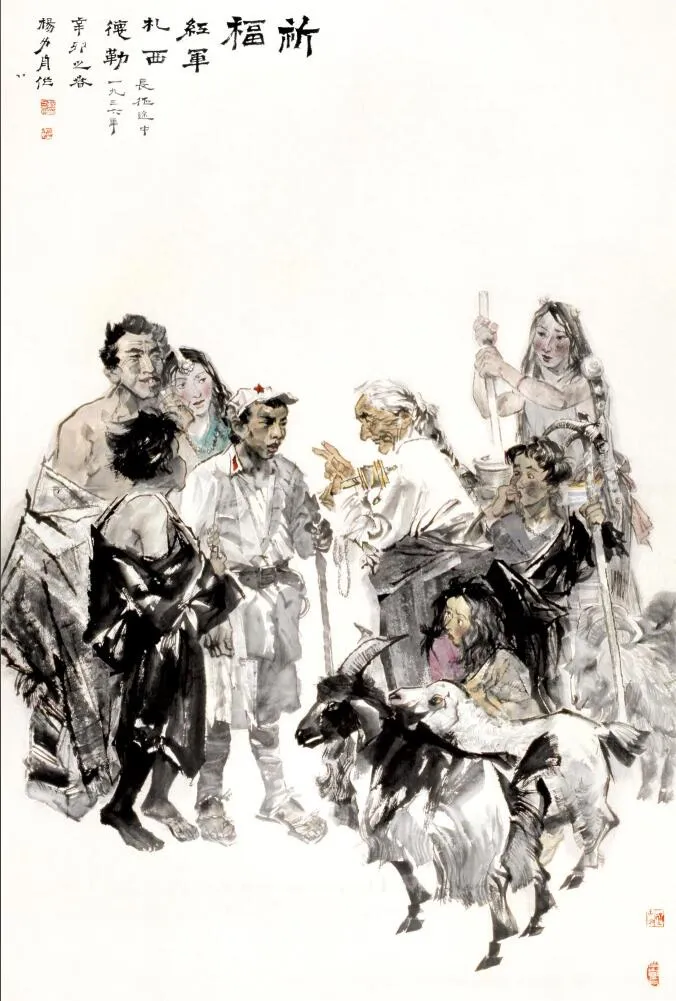

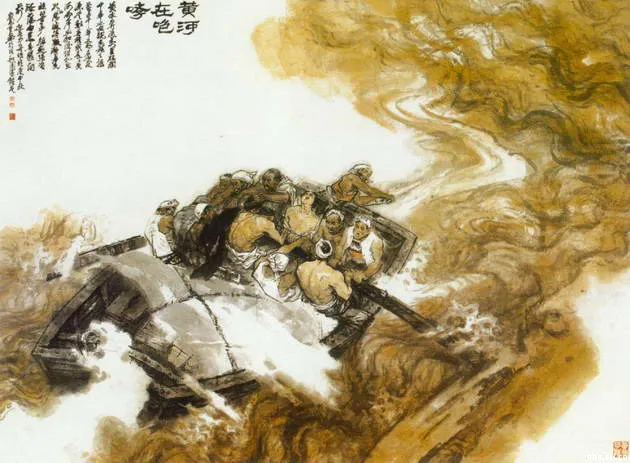
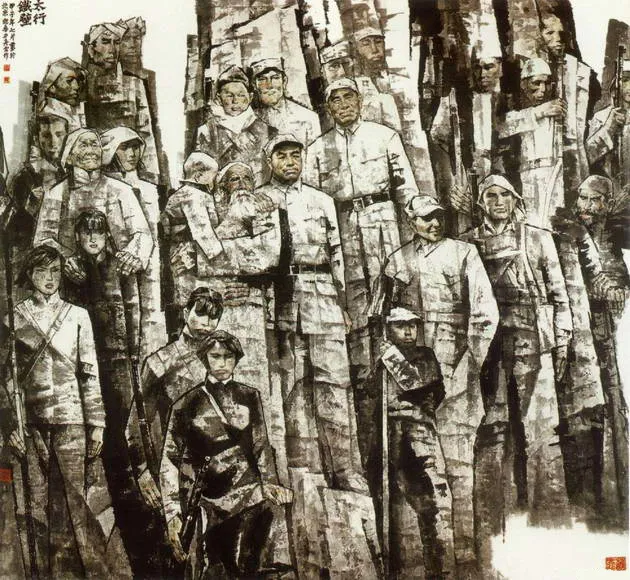
杨力舟为中西兼学之典范。其于观念,融通中西;于治艺,广采博收;于技法,中西兼精,工写并举。水墨之外,亦擅重彩;人物之外,亦工山水花鸟。其深悟中国画真谛,于中西文化交融碰撞之际,行于“文革”扰乱前后,社会转型之时,历中国画之兴衰。力舟认为,国画须具象写实,而意象美为其核,重精神性,必实践而笃行。兼采浪漫、立体诸派,融表现与象征,遂成己之风格。其画气势雄浑,情怀深沉,悲壮含韵,情感如独白,笔墨书写,色彩灵动,不拘成法,自具神采。
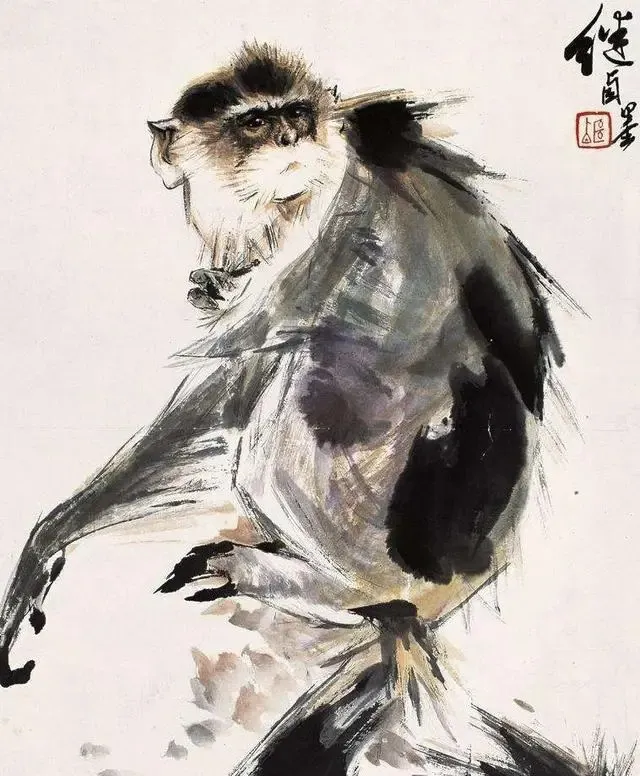
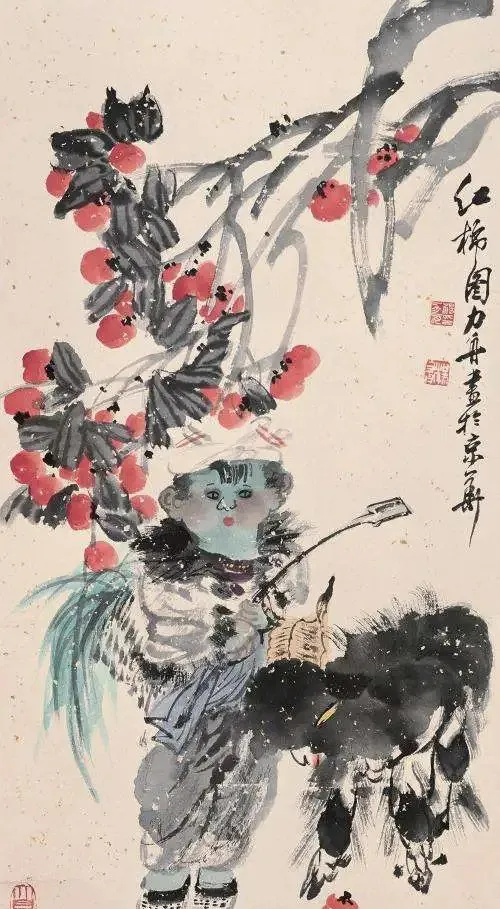
杨力舟之艺,道承古今,心契中西,化遗韵为新声,成大家气象。其画如江河浩荡,气韵深沉,情怀若峻岭崇高,内敛而不显。观其笔墨,酣畅中自有节制,灵动中不失法度,意蕴深藏,神形互映,令人神游其中,思接千载。于其艺途,既涵古法之精微,亦具今风之新意。杨氏所求,非浮名虚誉,乃艺之真髓,心之澄澈。其志高远,不为世俗所染,独探艺道深境,求得精神自怡。是以其画,非徒为一时风雅,实乃后世楷模,其艺境如天宇高远,渊渟岳峙,自成一家。


Yang Lizhou: Fusing East and West, Tracing the Source and Reaching the Pinnacle
Yang Lizhou, born in the year of Renwu (1942) in Linyi, Shanxi, is skilled in oil painting, Chinese painting, calligraphy,and art criticism. His character is sincere and passionate, with a broad-minded approach. He delves deeply into his craft,achieving a balance of form and spirit, often imbued with transcendental insight and natural fluidity. In his youth, heroamed the foothills of Mount Hua and the banks of the Yellow River before studying painting at the Xi'an Academy of Fine Arts, a place once favored by Tang and Sui literati. The vastness of the northern Loess Plateau and the depth of itscultural heritage gradually merged with his heart, becoming a wellspring of inspiration. The era and regional culture shaped his artistic temperament and emotional depth.
Every artist has their foundation, and for Yang, it is the people and landscapes of the North. The Loess Plateau and the banks of the Yellow River, where people live hard yet optimistic lives, are viewed by Yang as the roots of his existence and his life’s companions. Depicting their survival and emotions became the central theme of his work. Besides grand thematic paintings, he also created series depicting shepherd children from Shanxi and northern Shaanxi, as well as horsemen from Inner Mongolia and Xinjiang, where one can sense the vastness and vitality within the strokes.
Yang Lizhou’s Chinese paintings have a unique charm that sets them apart from others. Traditional Chinese painting does not adhere to focal perspective, does not emphasize the effects of light and shadow, nor does it strictly follow the physical likeness of objects, instead, it often conveys the artist’s personal feelings. Yang, however, seeks to capture both form and spirit, finding the delicate balance between resemblance and abstraction, ensuring both are equally expressed. In his creative process, he emphasizes precise form while also capturing the spirit, maintaining a balance that is both concise and profound. His brushwork is a fusion of traditional freehand techniques with modern composition, making bold yet thoughtful explorations that have proven highly successful. The spirit of freehand brushwork is infused into his modern compositions, giving them an ancient flavor. To explore the path of modern Chinese art, one should borrow from Western strengths but especially promote the freehand spirit, which values simplicity and intention. The combination of freehand brushwork and modern composition leads to simplified forms and strengthened individuality, offering a method to address the modernity of Chinese art.
Yang Lizhou’s style, forged through years of trials, has remained consistent, marked by grace and ease, with his Chinese paintings especially celebrated. With just a few strokes, he can evoke a profound mood, often focusing on figures, as seen in works like “The Marriage of Xiao Erhei” and “Four Women.” His art provokes deep reflection, encouraging viewers to pursue honesty, embrace nature, and cultivate a heart of simplicity. His figure paintings, like falling petals, subtly convey human emotion, exuding a quiet elegance that invites endless appreciation.
At the end of the 20th century, as the tides of change surged, whether tracing back to tradition or pursuing new trends, all painters found themselves at a new beginning. Yet each followed their own path, progressing towards their inner ideals. For a century, the future of Chinese painting has remained uncertain. What Yang Lizhou thinks of this is not easily discerned, but his artistic journey shows him to be someone who avoids rigid extremism. He does not set a fixed model to follow in his work, nor does he confine himself to a single style while rejecting others. Such artists may gain temporary recognition, but they often struggle to leave a lasting legacy. Yang’s nature is gentle and accommodating, and hisapproach to art is similarly steady, progressing with purpose towards enduring goals. His works from different periods reveal the depth of his inner world and the richness of his artistic philosophy.
Yang Lizhou is a model of integrating Eastern and Western techniques. In his ideas, he merges the strengths of both; in hispractice, he draws broadly from various sources; in his skills, he excels in both Chinese and Western styles, mastering freehand and meticulous techniques alike. Beyond ink painting, he is also proficient in heavy color, and besides figures, he excels in landscapes and flowers and birds. His deep understanding of the essence of Chinese painting emerged during the period of cultural exchange and collision between East and West, amid the disruptions of the Cultural Revolution and the subsequent societal transformation, during which he witnessed the rise and fall of Chinese painting. Yang believes that Chinese painting must be grounded in realistic representation while maintaining a focus on the beauty of imagery,emphasizing the importance of spirituality, and consistently applying these principles in practice. By incorporating elements of Romanticism, Cubism, and expressive and symbolic forms, he developed his unique style. His works are characterized by grand vigor, deep sentiment, a tragic yet noble resonance, with emotions expressed as inner monologues. His brushwork, blending spontaneity and vibrant colors, breaks away from convention, creating a unique and lively visuallanguage.
Yang Lizhou’s art bridges ancient and modern, East and West, transforming inherited traditions into a new voice, creatinga grand and majestic presence. His paintings, like mighty rivers, are imbued with deep vitality, and his emotions are lofty, like towering mountains, subtle yet powerful. His brushwork flows freely but with discipline, his strokes are lively yet precise, and the deep meanings within his works create a resonance between form and spirit, allowing viewers to journey through time and space. On his artistic path, he has absorbed the intricacies of ancient techniques while embracing the
innovations of the present. Yang does not seek fleeting fame or empty praise but the true essence of art, guided by a clearheart. His aspirations are lofty, unswayed by worldly concerns, as he delves into the depths of artistic truth, seeking spiritual fulfillment. Thus, his paintings are not merely fashionable but serve as a model for future generations, with his artistic realm as vast as the heavens, as deep and unshakable as a towering peak, establishing a legacy all his own.
责任编辑:苗君
